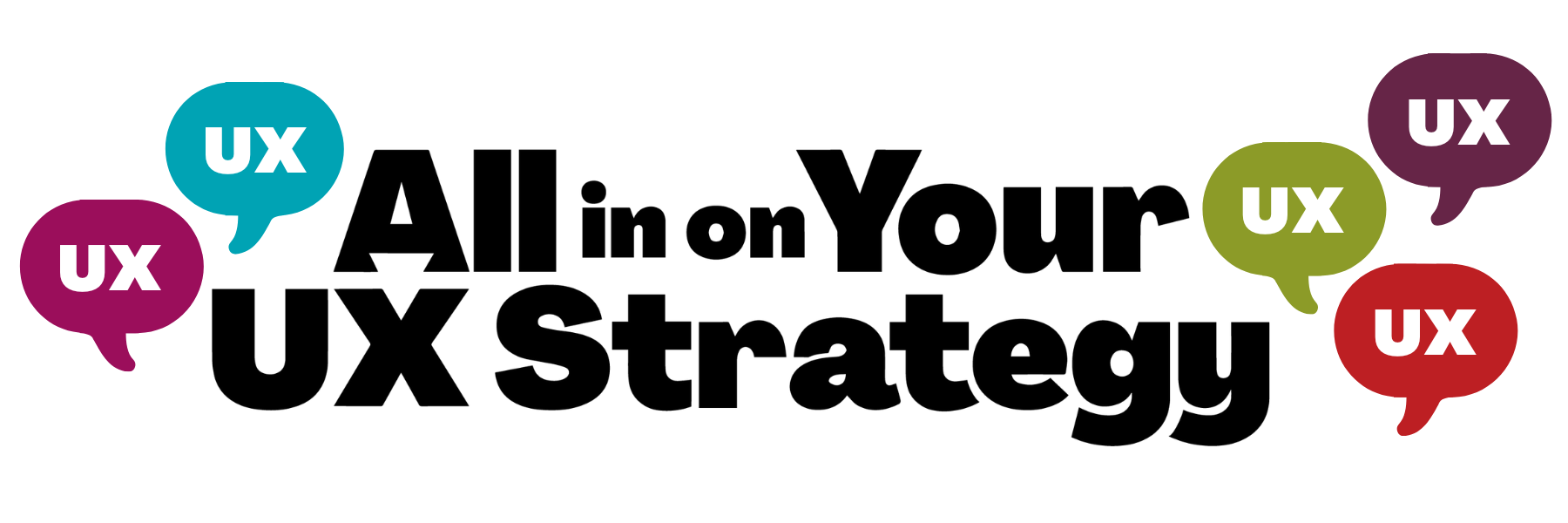Get A Better UX Metric From Your NPS Survey Data
A few weeks ago, I wrote a somewhat controversial analysis of Net Promoter Score, a business metric employed in many organizations. Many who were critical of my article stated they thought I should’ve provided a replacement for their beloved instrument, if I was going to tell them they can’t use it any more. While there is no replacement for the numeric score, there is a way to get value out of the survey used to collect the Net Promoter Score data.
Keep in mind that this method for getting value from an NPS survey isn’t easy. As you’ll read, it involves a series of difficult steps.
However, it’s not rocket science either. (NASA has been a client of ours and they’ve confirmed, it’s not rocket science. They have very strict definitions and this does not match that.)
Here’s our process for getting value from NPS surveys:
Step 1: Collect Up The Surveys
We go after every NPS survey we can find. (Sometimes they are scattered throughout the organization and not well organized or coordinated.)
Step 2: Throw Away The Net Promoter Score
That number the survey respondents gave has no value. It’s like the skin of the mango. There’s nothing good about it. Just throw it away.
Step 3: Put The NPS Feedback Answers In One Place
These are all the qualitative answers that “explain why” the respondent gave the score they did. NPS proponents and haters alike agree that these feedback answers are where the real gold is.
We put them in a big spreadsheet. Or better yet, we write them on sticky notes for sorting.
Step 4: Sort The Feedback, Looking For Patterns
We look for repeated feedback about any trouble areas, like the process being too long or checkout being complicated or difficulty finding the customer service number. We start grouping the feedback under similar trouble areas.
Some feedback may mention more than one trouble area. When we find those, we duplicate the feedback and classify it under each area.
Step 5: Pick The Most Fun Trouble Areas To Explore
Ideally we find something that, if we made it a better experience, we could move an important needle like more sales or more new customers.
Step 6: We Reach Out To The People Who Wrote That Feedback
We try to learn everything we can about where their feedback came from. What were they trying to do? How did the problem come up? What effect did it have on their experience?
Step 7: Reach Out to Customer Service About the Trouble Area
Our goal in this step is to learn more about the issue we’re interested in.
- Is it something that happens frequently?
- Are there different variations that appear?
- Can we identify what triggers the frustration for our users?
- Can we talk to customers who have contacted support about the issue?
Step 8: Try To See It Happening
Can we see this problem happening in the wild? Can we find a way to see it happening with our own eyes?
Maybe we can visit customers or conduct usability testing to trigger it? We want to talk in depth to those users when it happens, to find out more details.
This is a great opportunity to get other teammates exposed to our users.
Step 9: Look for ‘Footprints’ of the Trouble Area
Now that we’ve seen it in the wild, we look for repeatable patterns that could happen in the analytics data. This data could tell us if others are experiencing the same issue.
Our goal is to answer a seemingly simple question: How often does this happen across our customer base? (You can read more about identifying footprints in analytics.)
Step 10: Quantify the Cost of Frustration, If Possible
Frustration almost always shows up on an organization’s Profit and Loss statement. We look to how much money the organization is losing due to lost sales or increased support costs. Using (often readily-available) business numbers, we calculate the money based on our analytics research on frequency.
This is how we calculate the Cost of Frustration. For example, the number of support calls about the trouble multiplied by average cost of each call. That tells us the total amount of money spent on supporting that trouble. (This is how we uncovered the ‘$300,000,000 Button’ problem.)
Step 11: Report What You’ve Found
Work isn’t done until it’s been reported. We give a solid presentation to the stakeholders and executives. We started with the NPS Survey data and ended with a simple metric those executives can understand: Lost Revenues.
As I mentioned, this process isn’t easy. There’s heavy work in every step. Yet, the result of that hard work is a clear connection between the business and the customer’s delight or frustration. This is a UX metric that makes a difference.
All in on Your UX Strategy

Feel the passion you had when your UX career started. Go all in on your UX Strategy with our five bundled courses.
Each course dovetails together to build up your strategic expertise in the work you were born to do: improving the lives of your users, customers, and colleagues.
Get the new skills, practices, and perspectives you need to deliver your best and most fulfilling work for $2,996 • Or make 4 monthly payments of $749.
For $2,996, the All In on Your UX Strategy bundle includes:
🟢 UX Leadership & Influence
(Win Stakeholders and Influence Decisions program) - a $1,897 Value
🔵 Crafting + Leading a Strategic UX Vision course - a $499 Value
🟠 Advanced Strategic UX Research course - a $499 Value
🟣 Outcome-Driven UX Metrics course - a $499 Value
🔴 UX & Design in an AI World course - a $249 Value
The total value of all five courses: $3,643
Your price for the bundle: $2,996
You save $647
Learn more about what happens when you Go All in on Your UX Strategy.
(If you’ve taken one of these courses in the past, then let us know, and we’ll take the price of that course off your bundle price.)

